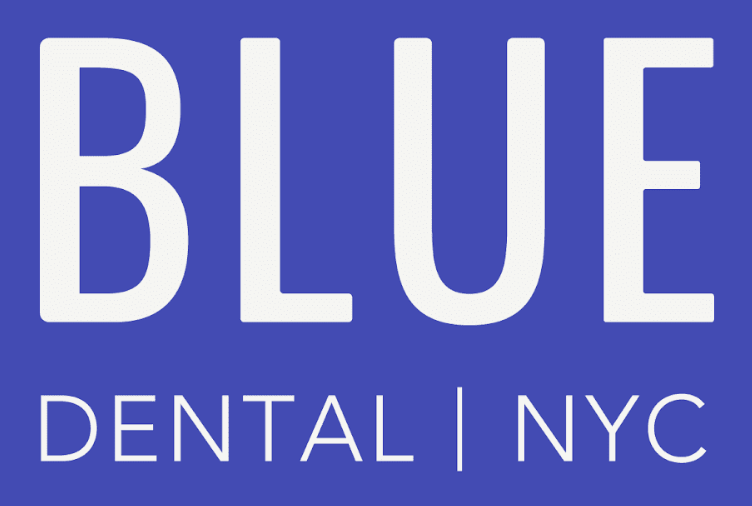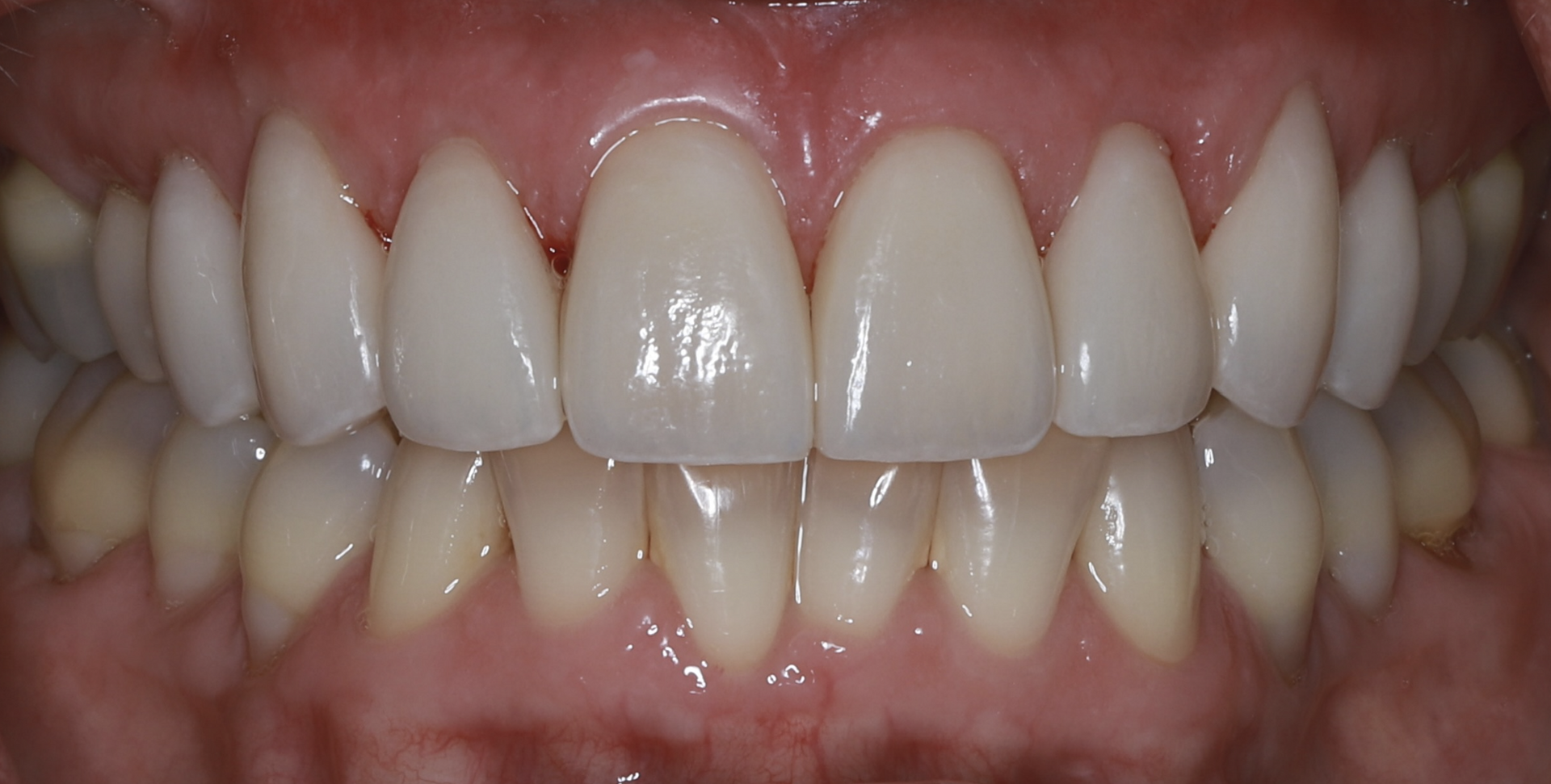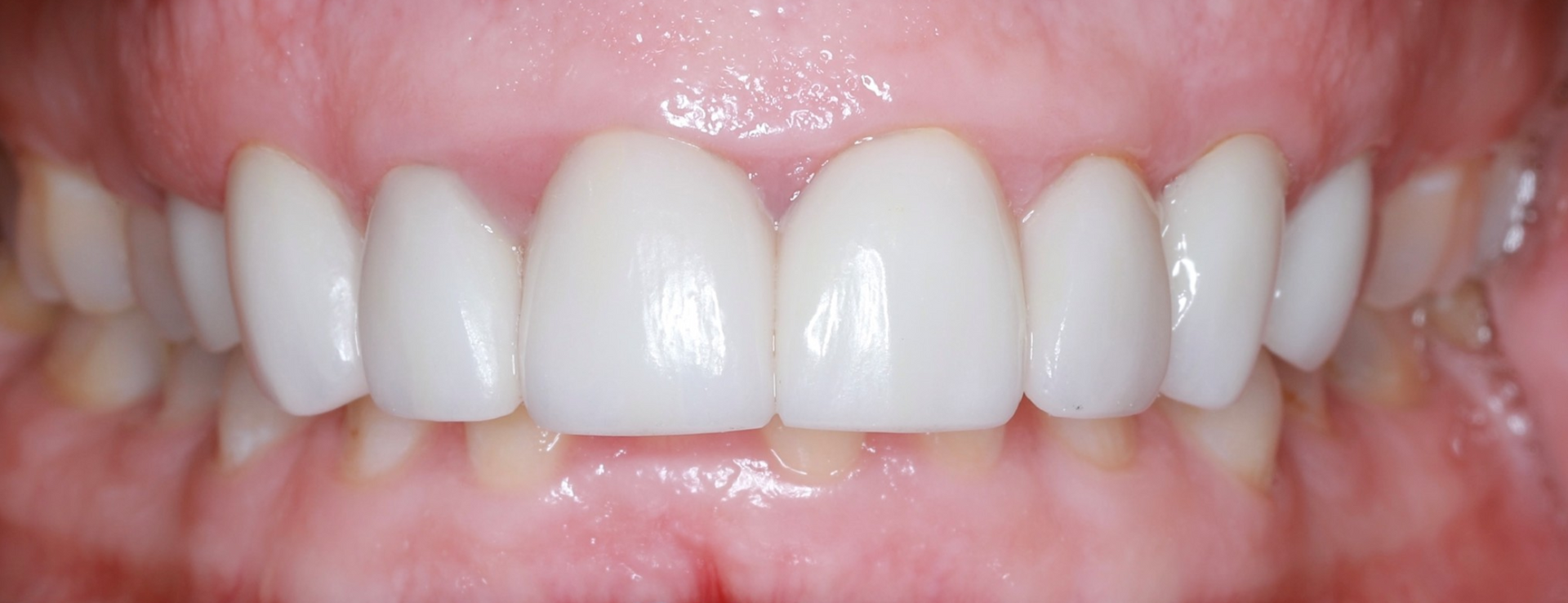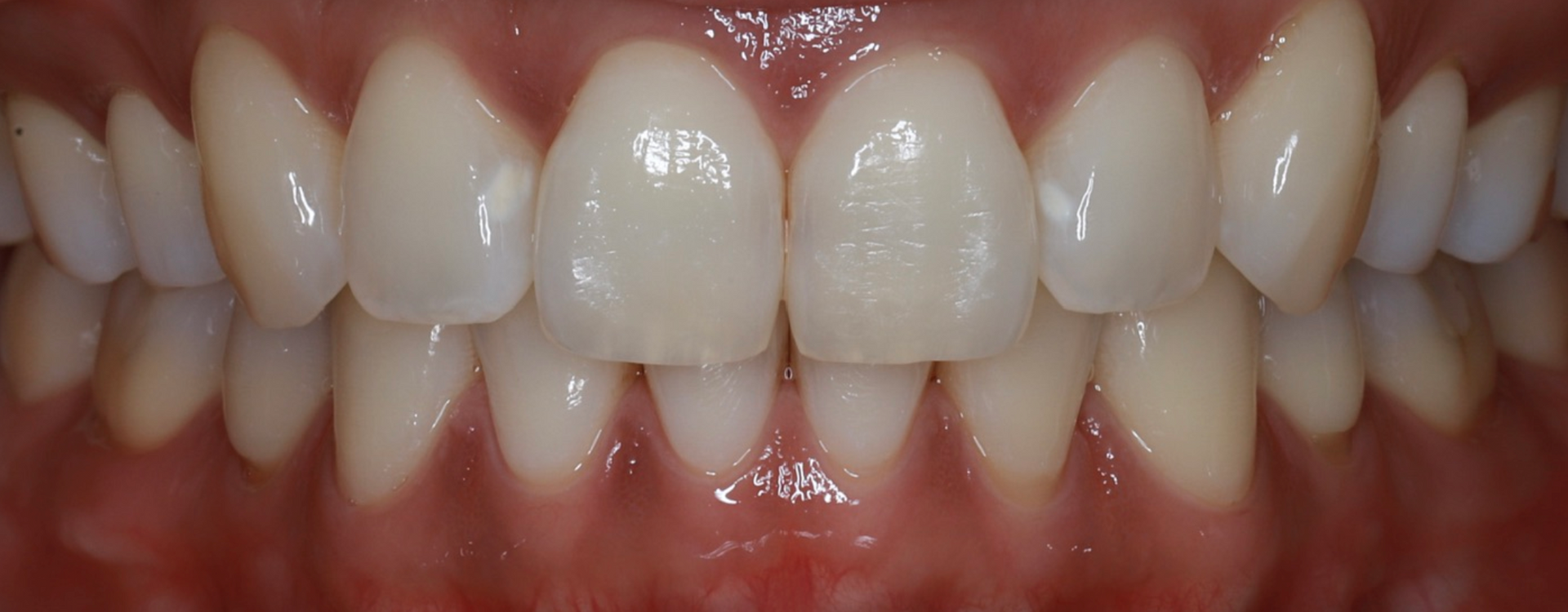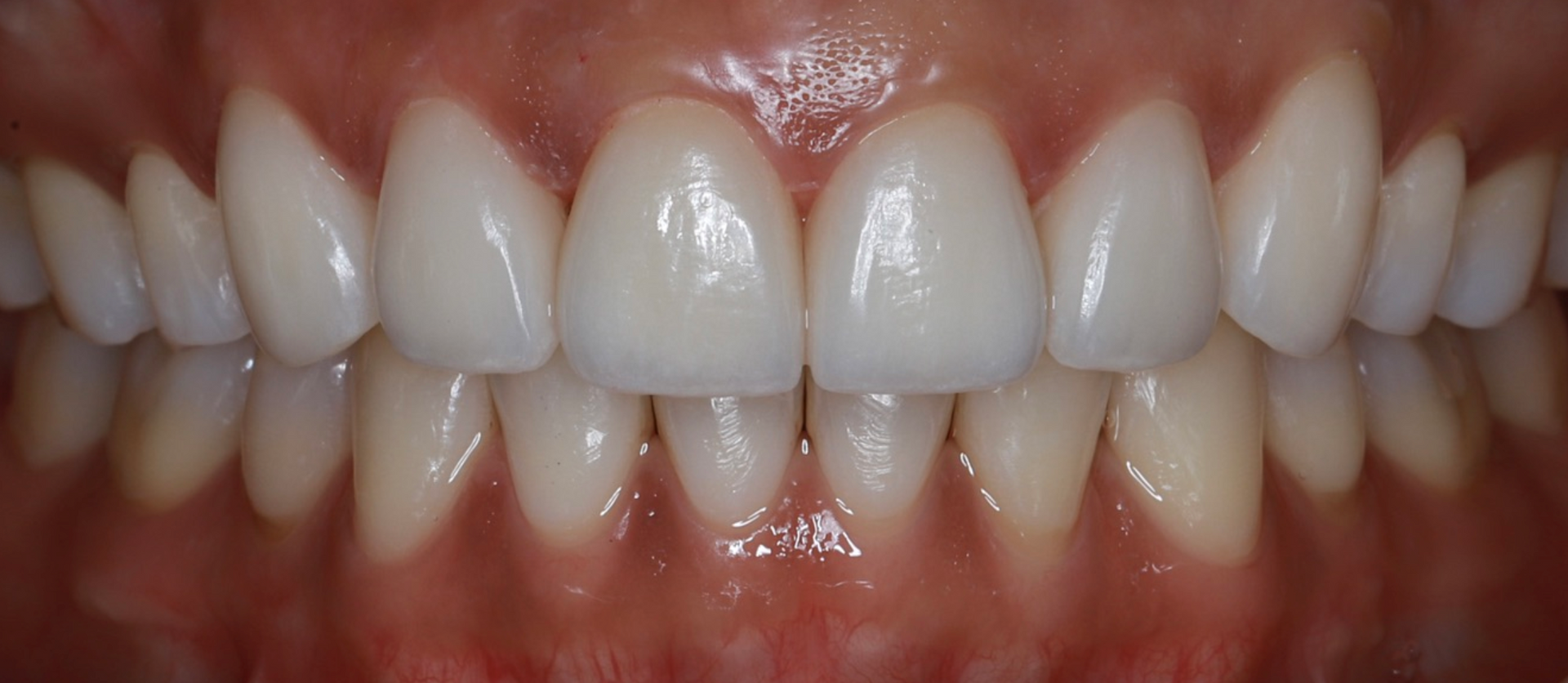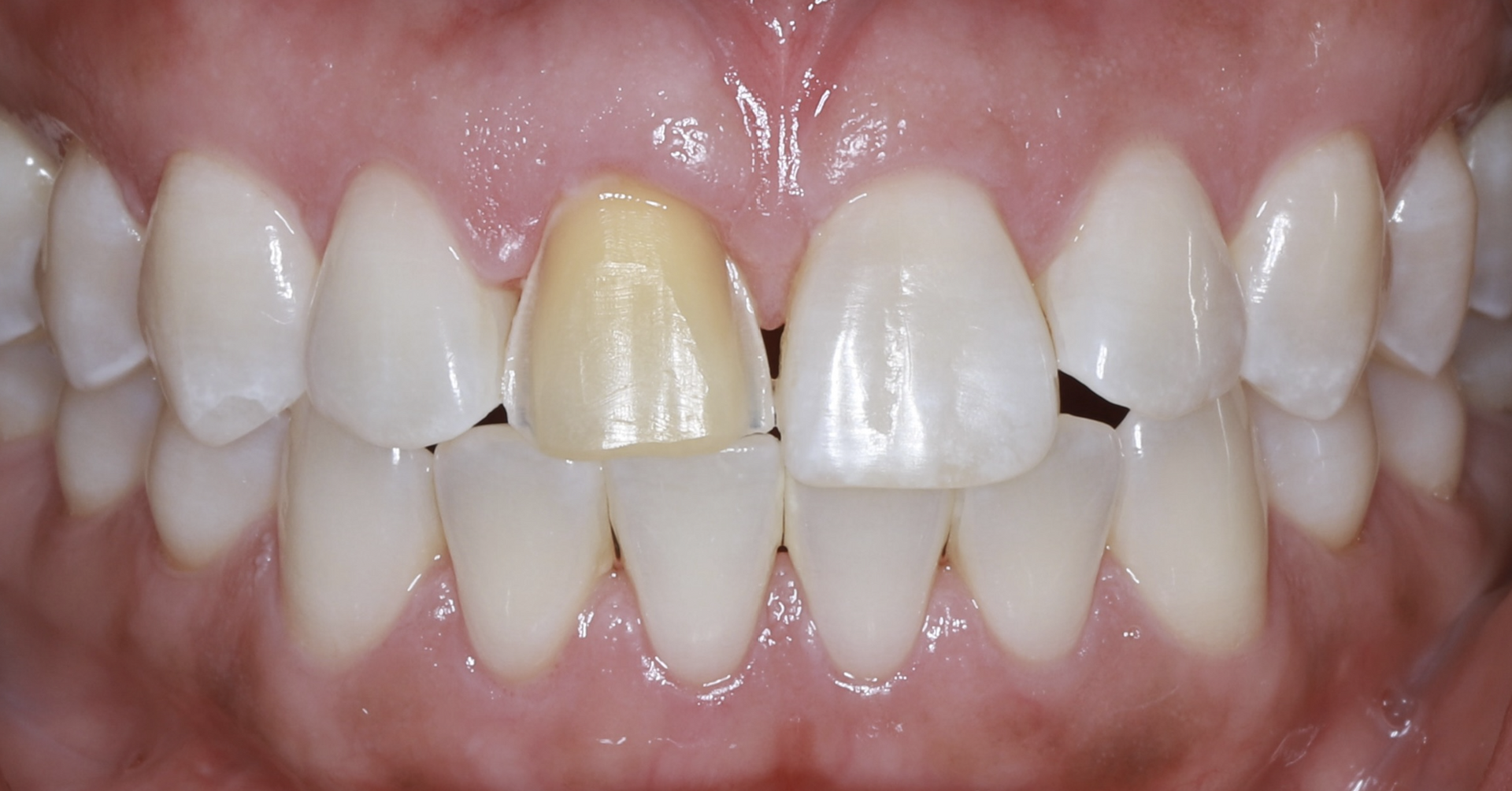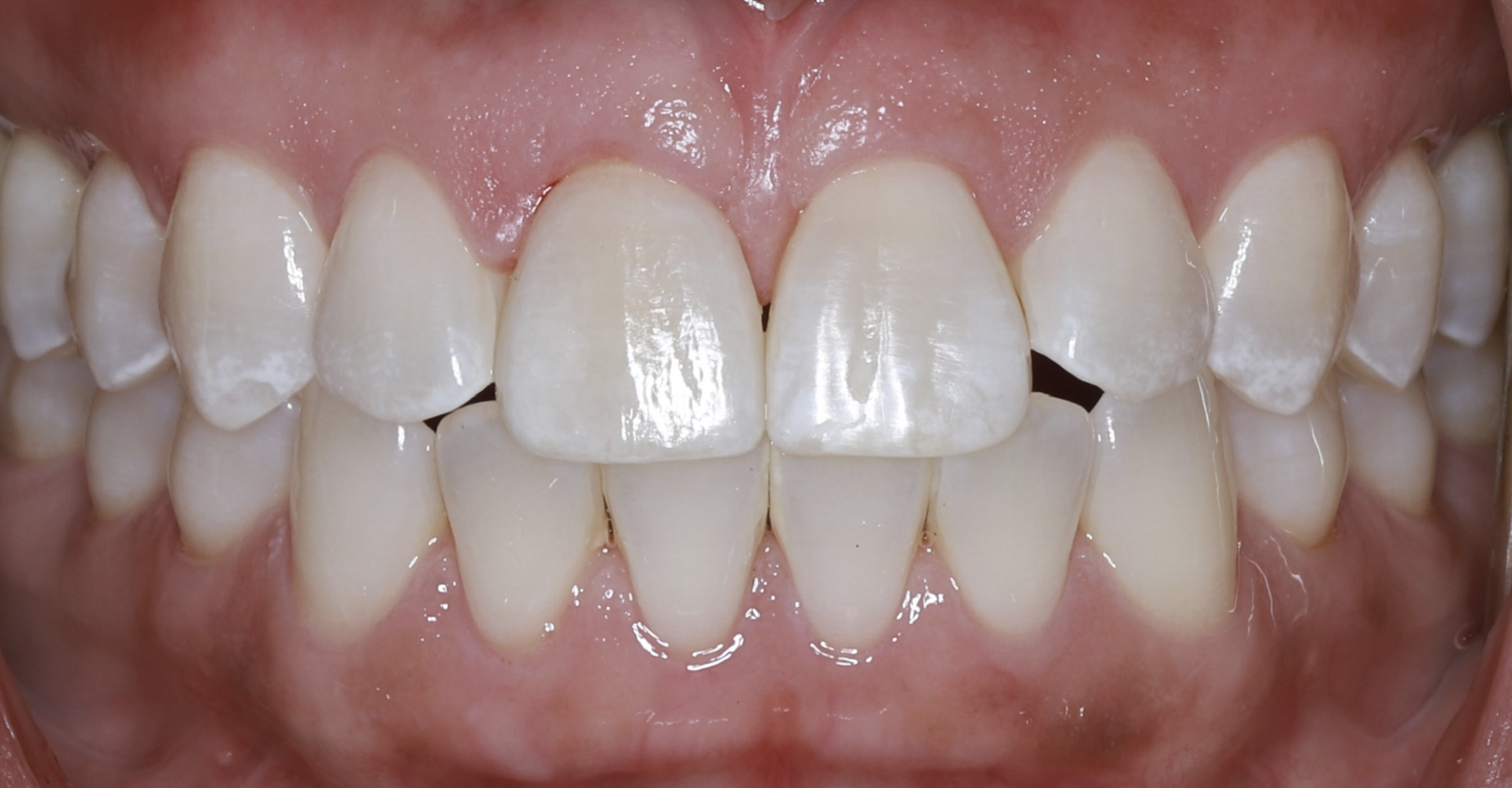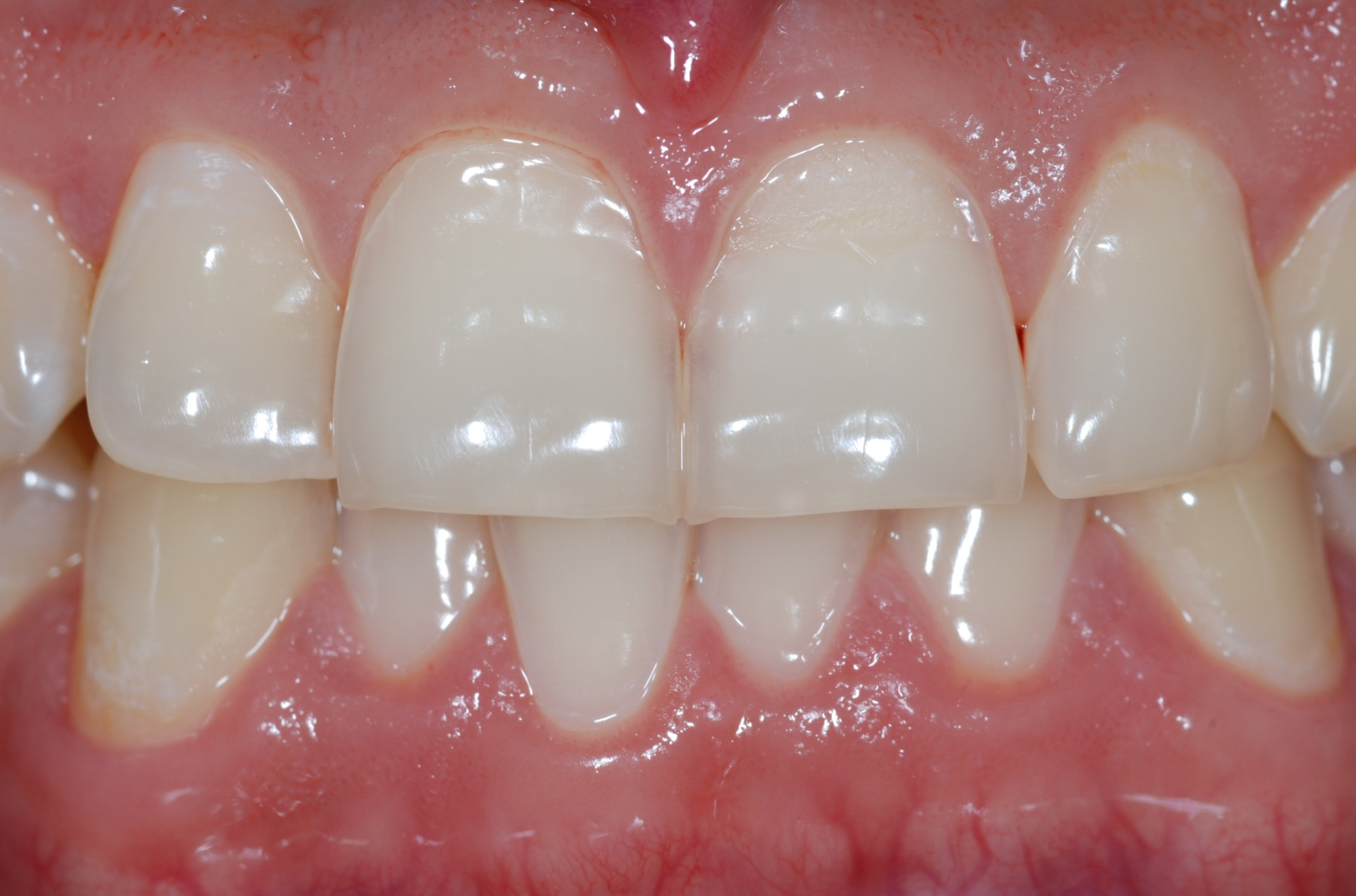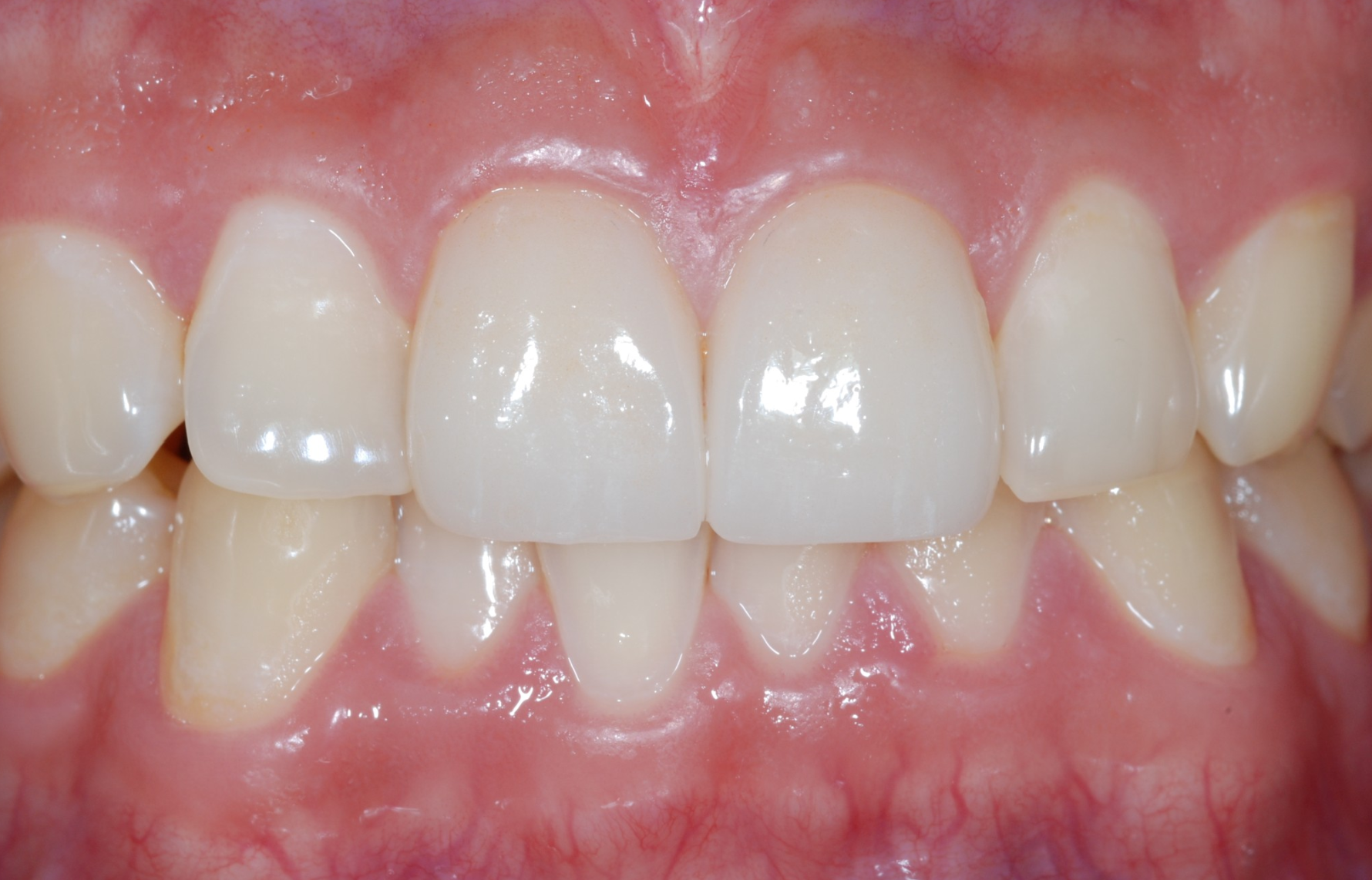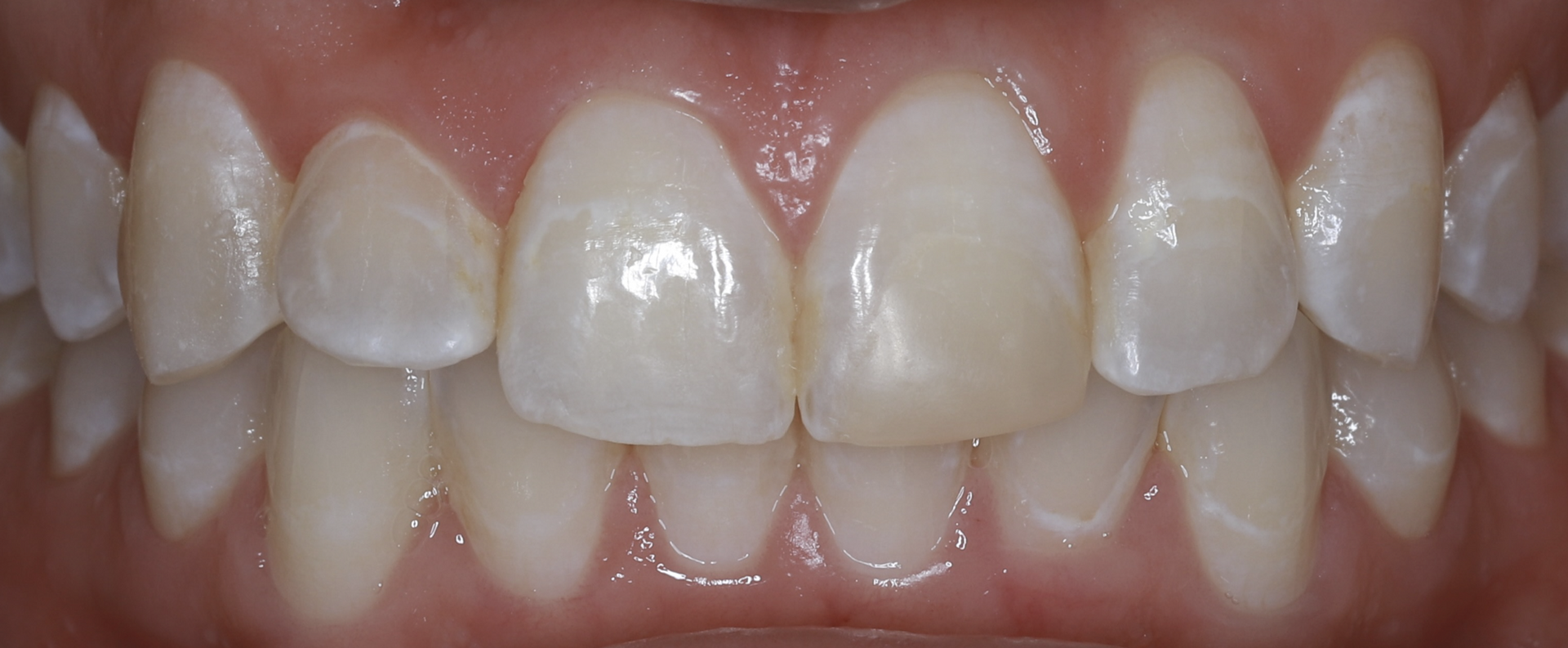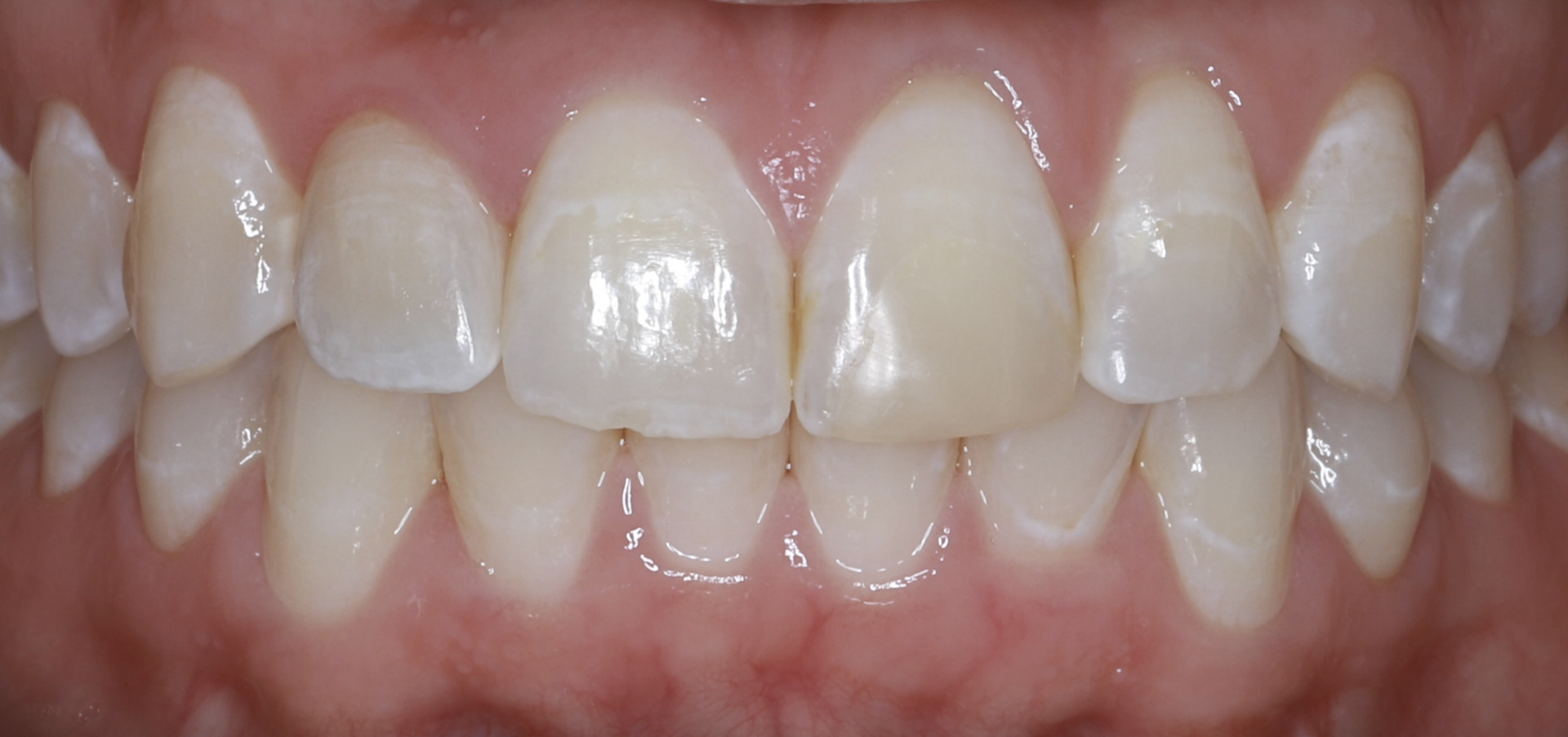Tooth Decay (Cavities) on the Upper East Side, Manhattan
Why Choose Dr. Min for Cavity Care
- Columbia-trained prosthodontist focused on prevention-first, minimally invasive dentistry.
- Award-winning precision and military-honed discipline—expect meticulous diagnosis, clear options, and calm communication.
- Evidence-based protocols (CAMBRA) to reduce future risk, not just fix today’s cavity.
- Digital diagnostics: high-resolution photos and low-dose X-rays/CBCT (when indicated) for accurate, conservative treatment.
What Is Tooth Decay?
Tooth decay (dental caries) is a bacteria-driven, sugar-mediated process that dissolves enamel and dentin. Early lesions can be remineralized; deeper cavities require restoration to stop progression and restore strength.
Signs & Symptoms
- Chalky white spots, brown discoloration, or visible holes
- Sensitivity to sweet, cold, or biting pressure
- Food packing between teeth; floss frays or catches
- Toothache or night pain in advanced cases
Why Cavities Happen
- Frequent sugars/starches, sipping sweet/acidic drinks
- Inadequate fluoride exposure
- Dry mouth (medications, mouth-breathing, dehydration)
- Deep grooves, crowding, or old leaking fillings
- Infrequent professional cleanings or missed flossing
How We Diagnose
- Visual exam with fiber-optic transillumination and magnification
- Bite-wing X-rays for between-tooth decay and under fillings
- Caries-risk assessment (diet, saliva, medications, habits)
- Photo documentation to track changes over time
Treatment Options We Provide
Non-invasive / Early Lesions
- Fluoride varnish and prescription-strength toothpaste (5000 ppm)
- Resin infiltration for select enamel lesions to halt and mask early decay
- Sealants on deep grooves to block food and bacteria
Conservative Restorations
- Tooth-colored fillings (composites): BPA-free, bonded, shade-matched
- Onlays/overlays: conserve healthy enamel while reinforcing weak cusps
- Crowns: for large cavities or cracked teeth needing full coverage
- Root canal therapy (when decay reaches the nerve), followed by a crown
Adjunctive Care
- Silver diamine fluoride (SDF) to arrest decay in specific cases
- Night guard if bruxism threatens new or restored teeth
- Alignment or bite adjustment when crowding or contacts trap plaque
The Process at a Glance
1) Exam & Risk Assessment
Photos, X-rays, and caries-risk profile; clear plan for arresting and repairing decay.
2) Comfort & Isolation
Gentle local anesthesia (if needed) and rubber dam isolation for clean, precise bonding.
3) Conservative Removal & Repair
Only diseased tissue is removed; tooth is rebuilt with bonded materials for strength and seal.
4) Finish & Polish
Contours refined for natural feel and easy cleaning; bite checked carefully.
5) Prevention Plan
Fluoride, diet guidance, flossing strategy, and recall schedule tailored to your risk.
Prevention & Daily Habits
- Brush 2x/day with fluoride toothpaste; floss daily (or use interdental brushes/water flosser)
- Limit between-meal snacks and all-day sipping of sweet/acidic drinks
- Rinse with water after coffee/soda; chew sugar-free gum to stimulate saliva
- Manage dry mouth: hydrate, review meds with your physician if needed
- Keep professional cleanings and periodic X-rays to catch small issues early
Comfort, Safety & Materials
- Warm anesthetic technique and no-shot options for tiny lesions when appropriate
- Rubber dam isolation for cleaner, longer-lasting restorations
- BPA-free composites and high-strength ceramics chosen for your bite and esthetics
Cost & Insurance
- Transparent, itemized estimates; we prioritize most conservative solutions that last
- Many PPO plans cover exams, X-rays, cleanings, fluoride, sealants, and fillings; crowns/root canals vary—our team verifies and files claims
- Phased care and flexible payment options available
Frequently Asked Questions
Can a small cavity heal?
Early enamel lesions can
remineralize with fluoride and better habits. Once a hole forms, a restoration is needed.
Are white fillings durable?
Yes—modern bonded composites are strong and esthetic. For larger defects, onlays/crowns provide added strength.
Why do I keep getting cavities even though I brush?
Frequency of sugars, dry mouth, crowded teeth, or unaddressed habits can override brushing. We’ll tailor a
risk-reduction plan to you.
Will treatment hurt?
We use gentle anesthesia and conservative techniques. Most patients are comfortable during and after care.
About Dr. Daniel Min
BA, University of Texas at Austin
DDS, University of Texas (American Esthetic Dental Association award; “Student of the Year” in clinical performance)
MS in Prosthodontics, Columbia University; former part-time clinical professor
U.S. Army veteran; current Army Reserve officer
Member: Academy of Prosthodontics; International Congress of Oral Implantologists
Service Area
Conveniently located on the Upper East Side and serving patients throughout Manhattan and the greater New York City area.
Call to Action
Sensitive spot or dark groove you’re worried about?
Book a cavity check with Dr. Daniel Min for conservative, comfortable treatment and a prevention plan that keeps decay away.
